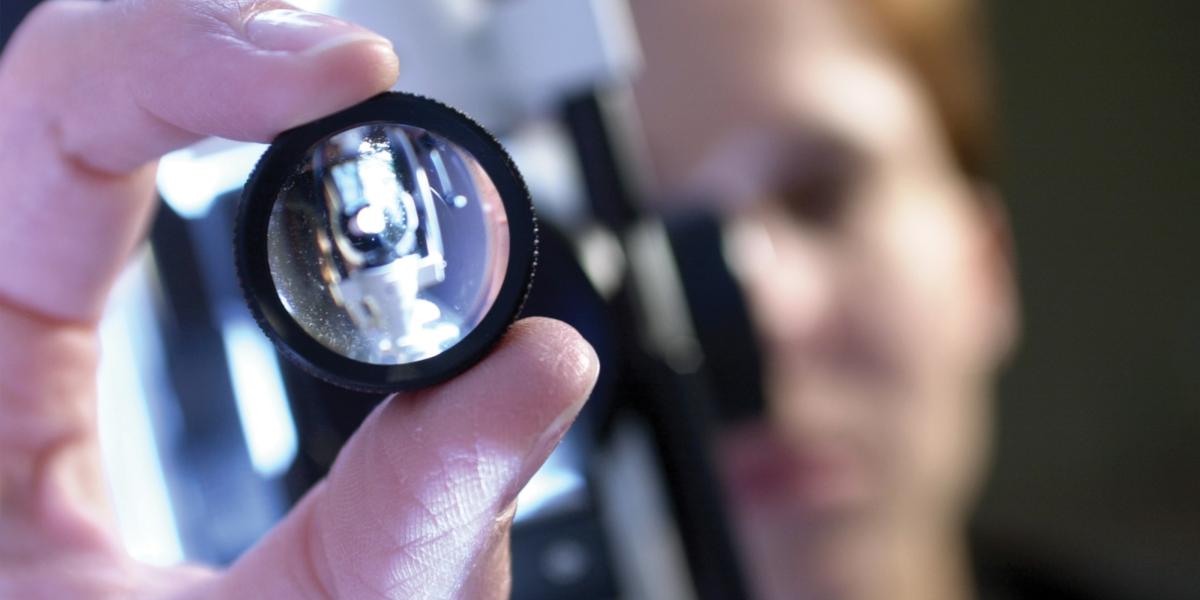Focusing on Myopic Risk
Need eyeglasses? Now you know the gene to blame.
The genetic factors behind nearsightedness are finally coming into sharper focus, thanks to a recent study by a team of international researchers.
Scientists have long known that genes play a role in refractive errors such as near- and farsightedness, which occur when light is not properly focused on the retina. But relatively few of those genes had been discovered, according to team member Robert Wojciechowski, OD, PhD.
The most common refractive error, nearsightedness (aka myopia), occurs when irregularities in eye development cause the eye to become too long, and images are brought to a focus in front of the retina rather than on it. Worldwide prevalence has risen sharply over the past several decades—it is believed to affect more than 30 percent of Westerners and up to 80 percent of young Asian adults—and the condition can lead to severe complications like glaucoma and macular degeneration. Determining which genes are involved could lead to better intervention and maybe even prevention.
In a paper published online in Nature Genetics in February, Wojciechowski and his colleagues in the Consortium for Refraction and Myopia (CREAM) presented a meta-analysis of data culled from 32 different genome-wide association studies (GWAS) with people of either Western or Asian descent. “We tried to include every study we knew of on the planet,” says Wojciechowski, an assistant professor of Epidemiology.
GWAS look for genetic variations across the genomes of many individuals and correlate them with specific traits or conditions. With a complex condition like myopia that involves many genes, the more people involved, the better. By examining data from more than 46,000 individuals and sifting through approximately 2.5 million genetic markers, the CREAM team was able to zoom in on 24 new genes that play a role in refractive errors.
The study provides new targets for experimental research, and could yield better screening tools (individuals with the highest numbers of myopia risk genes were 10 times more likely to develop the condition). It might even lead to methods for preventing nearsightedness—for example, by interfering with the genes that cause it.
“Now, hopefully, the biologists will pick up the ball and try to figure out what exactly these genes do,” says Wojciechowski, who is now examining the complex interactions between genetic and environmental factors.
